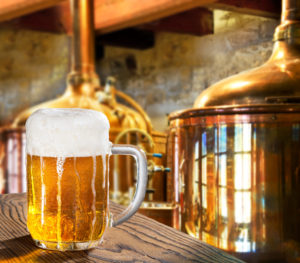
Growing Breweries Need a Wastewater Solution that Fits with their Business and Neighbors
Conventional Wastewater Solutions are Big, Ugly and Smelly – And Expensive
Breweries Need Cost-Effective Solution that works in an Urban Environment – where the Customers Are Located
Breweries are water-intensive businesses. An efficient brewery generates over 4 gallons of wastewater for every gallon of beer produced. Brewery wastewater is high in organic content, typically 10 to 20 times stronger than what normal homes and businesses put into the sewer. It is not uncommon for a brewery to be the largest single source of wastewater loading at the local public wastewater treatment plant. Historically, most cities charged breweries the same rate as lower-strength wastewater producers. But cities today are faced with aging infrastructure and reduced federal financing. As a result, many are taking a look at their heaviest users and deciding to dramatically increase their high-strength wastewater surcharges. Cities like San Francisco, Seattle and Portland have recently taken the lead on this, with many others taking note. Growing breweries can find themselves between a rock and a hard place.

Wastewater processing can become their largest operating expenses and outside their ability to control or predict. As a result, growing breweries can quickly determine that they need to address their wastewater problem themselves. The problem is that it can be very difficult to put wastewater treatment facilities in a dense city environment. Conventional technology used at municipal facilities takes a lot of space, is unsightly and generates the kind of odors that make the neighbors unhappy. Whole Water has a proven solution.
